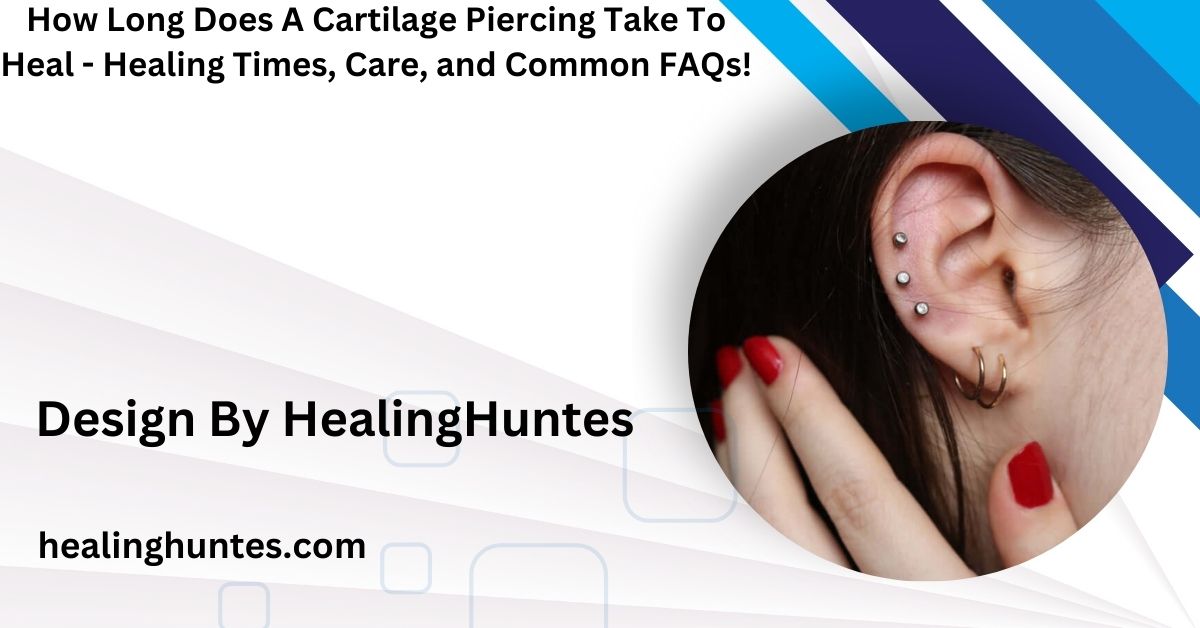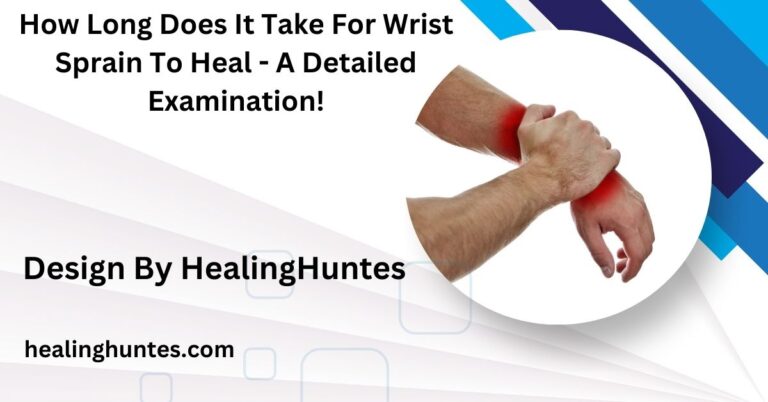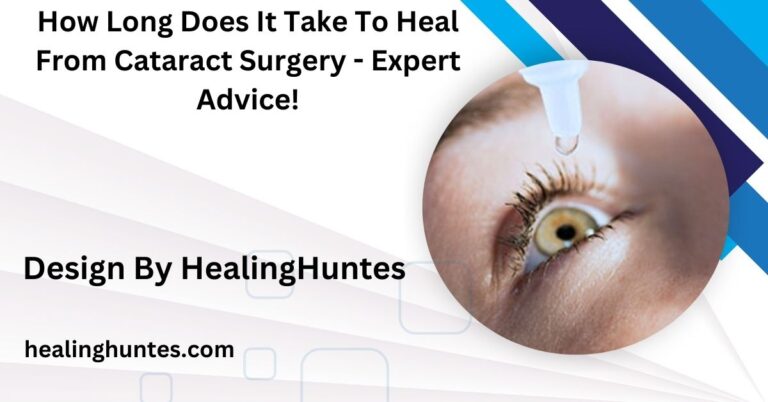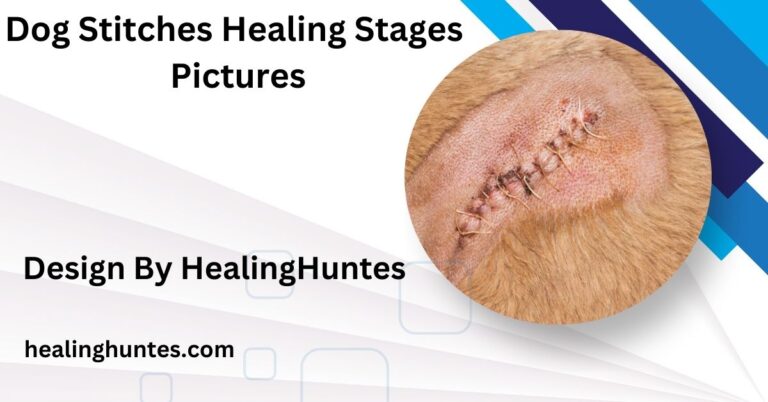How Long Does A Cartilage Piercing Take To Heal – Healing Times, Care, and Common FAQ’s!
A cartilage piercing usually heals in 3 to 12 months, depending on the type of piercing and aftercare; proper hygiene is crucial for a smooth healing process.
This article will delve into the healing process, the factors that influence healing time, essential aftercare tips, and what to expect throughout your healing journey.
An Overview of Cartilage Piercings:

What Are Cartilage Piercings:
- Definition: Cartilage piercings are body piercings that go through the cartilage of the ear rather than the softer lobe.
- Common Types: Popular cartilage piercings include the helix, tragus, conch, and industrial piercings.
- Jewelry Options: Cartilage piercings can be adorned with a variety of jewelry styles, such as studs, hoops, and barbells, depending on the location and personal preference.
Anatomy of the Ear:
- Outer Ear Structure: The outer ear comprises various parts, including the helix, anti-helix, tragus, and conch.
- Cartilage vs. Lobe: Cartilage is denser and less vascular than the soft tissue of the earlobe, affecting both healing time and sensitivity.
- Impact on Healing: Familiarity with your ear’s anatomy can help you choose the most suitable piercing location based on your lifestyle and healing expectations.
Typical Healing Times for Cartilage Piercings:
Average Healing Duration:
- Standard Timeframe: Cartilage piercings generally take 3 to 12 months to heal completely.
- Variability: Healing times can differ significantly based on factors like the type of cartilage piercing and individual differences in healing rates.
Types of Cartilage Piercings and Their Healing Times:
Helix Piercing:
- Healing Time: Typically takes 3 to 6 months.
- Description: Located on the outer rim of the ear, this is one of the most common cartilage piercings.
Tragus Piercing:
- Healing Time: Usually requires 3 to 6 months.
- Description: Located on the small flap of cartilage that partially covers the ear canal.
Conch Piercing:
- Healing Time: Can take 6 to 12 months to heal.
- Description: Located in the central part of the ear, this piercing goes through the thickest part of cartilage.
Industrial Piercing:
- Healing Time: Generally takes 6 to 12 months.
- Description: Involves two piercings connected by a single piece of jewelry.
Individual Healing Factors:
- Body’s Healing Ability: Everyone’s body heals at different rates, influenced by age, health, and genetics.
- Lifestyle Choices: Healthy habits such as a balanced diet, regular exercise, and proper hydration can promote faster healing.
Also Read: Can Open Close Arm After Workout Bicep Heal Fast Bcops – Bicep Healing and Recovery Tips!
Factors Affecting Healing Time:
Piercing Location:
- Cartilage Density: Some cartilage areas are denser and less vascular, leading to longer healing times.
- Positioning: Areas subjected to friction or movement, like the helix, may take longer to heal.
Aftercare Practices:
- Proper Aftercare: Adhering to aftercare instructions can significantly influence healing. Neglecting care can lead to infections and extended healing times.
- Hygiene Practices: Keeping the area clean and avoiding irritants such as hair products can enhance the healing process.
Personal Health and Lifestyle:
- Health Conditions: Conditions like diabetes or autoimmune disorders can slow healing.
- Smoking and Alcohol Consumption: These habits can impair circulation and prolong healing times.
Aftercare for Cartilage Piercings:
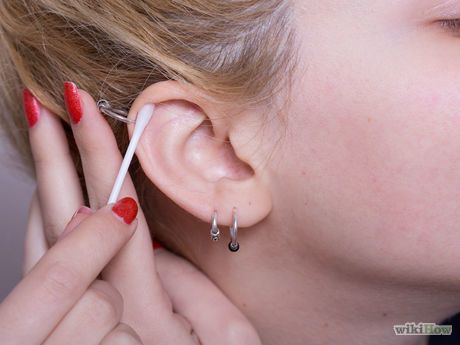
Essential Aftercare Tips:
- Clean Regularly: Clean the piercing daily with a saline solution or a gentle saline spray.
- Avoid Touching: Refrain from touching the piercing to prevent transferring bacteria.
- Do Not Remove Jewelry: Keep the jewelry in place until fully healed to avoid closure or irritation.
What to Avoid:
- Irritating Products: Steer clear of alcohol, hydrogen peroxide, or ointments that could irritate the piercing.
- Sleeping on the Piercing: Use a travel pillow or sleep on your back to minimize pressure on the piercing while resting.
- Swimming in Pools or Hot Tubs: Avoid submerging your piercing in water for at least the first few months to reduce the risk of infection.
Signs of Complications:
- Infection Symptoms: Monitor for signs of infection, such as excessive redness, swelling, pain, or discharge.
- Keloids or Bumps: If you notice unusual lumps or keloids forming, consult with a professional piercer or healthcare provider.
Managing Pain and Discomfort:
Pain Expectations:
- Initial Pain: Expect some pain during the piercing process, which typically subsides within a few hours.
- Ongoing Discomfort: Mild soreness or tenderness may linger for several days, particularly during the first week.
Pain Relief Strategies:
- Ice Packs: Use a cold compress to minimize swelling and numb the area if needed.
- Over-the-Counter Pain Relief: Medications like ibuprofen can help manage discomfort, but consult a healthcare provider before taking any medications.
Also Read: How Long Do Cut Gums Take To Heal – A Complete Guide!
What to Expect During the Healing Process:
Healing Stages:
- Initial Stage (Days 1-7): Expect swelling and tenderness as your body reacts to the piercing.
- Middle Stage (Weeks 2-6): Swelling should decrease, but sensitivity may persist. Maintain aftercare during this period.
- Final Stage (Months 3-12): The piercing may feel less sensitive, and any irritation should subside. Continue following aftercare instructions until fully healed.
Long-Term Care:
- Continued Hygiene: Even after healing, maintain good hygiene practices to ensure the longevity of your piercing.
- Regular Jewelry Cleaning: Clean your jewelry regularly to avoid the buildup of dirt and bacteria.
FAQ’s
1. How long does it take for a cartilage piercing to heal?
Cartilage piercings usually take 3 to 12 months to heal fully.
2. What steps should I take if my cartilage piercing becomes infected?
If you suspect an infection, consult a professional piercer or healthcare provider immediately.
3. Can I swim with a new cartilage piercing?
It’s best to avoid swimming in pools or hot tubs for at least the first few months to reduce infection risk.
4. Is pain normal after getting a cartilage piercing?
Yes, some pain and tenderness are normal initially but should subside within a few days.
5. Can I change the jewelry before my cartilage piercing is healed?
It’s recommended to keep the original jewelry in place until the piercing is fully healed to avoid complications.
Conclusion
In summary, the healing time for a cartilage piercing typically ranges from 3 to 12 months, depending on factors such as the type of piercing, individual health, and aftercare practices. By adhering to proper aftercare tips and being mindful of your body’s healing process, you can ensure a smooth and successful healing journey. If you encounter any issues during your healing process, it’s always wise to consult a professional piercer or healthcare provider.
